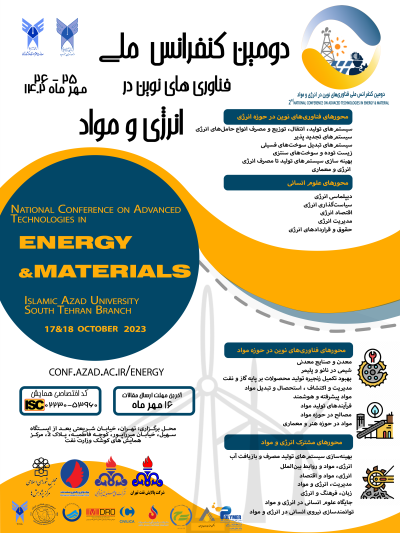0% Complete

نویسندگان :
کلمات کلیدی :
چکیده :
لیست مقالات بایگانی شده
کیوان محمدی - ایرج حاتمی علمداری
عبداله نعامی - معصومه لطیفی بنماران - امین اردلان - مریم حسینی
لیلا سبزقبائی - تیمور محمدی
شهرام حاج غنی - فرزانه عبدالرحیمی
فاطمه رجبی فرد - مصطفی جلالی - علیرضا امیرشاهی - کتایون حدادی
میترا نوری - راضیه فرازکیش - مونا مرادی - سید عظیم حسینی
Garineh Keshishyan Siraki
حوریه امینی - محسن کاملی





